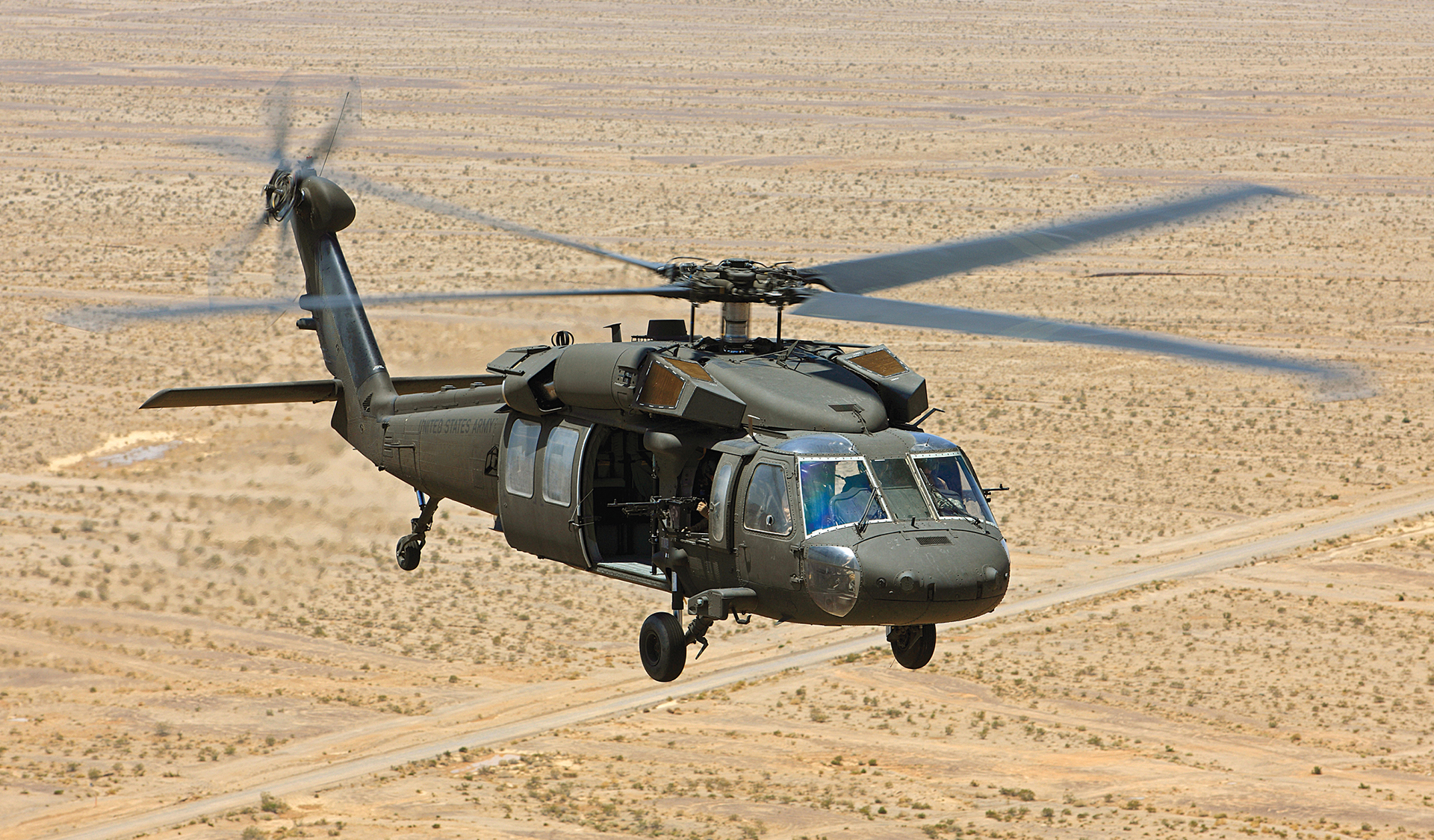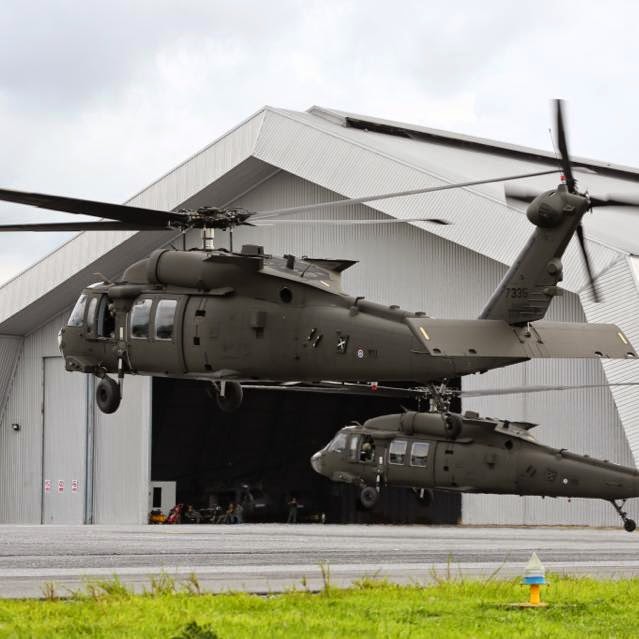Unlocking Peak Performance: UH 60 Helicopter Upkeep Guide
Unlocking Peak Performance: UH 60 Helicopter Upkeep Guide
Blog Article
Understanding the Mechanics and Design Behind Uh 60 Helicopters
The UH-60 helicopter, typically understood as the Black Hawk, stands as a peak of contemporary rotorcraft modern technology, personifying a blend of robust engineering and elaborate auto mechanics. As we peel back the layers of the UH-60's style, a globe of intricate systems and meticulous engineering comes to light.
History of UH-60 Helicopters
The background of UH-60 helicopters traces back to the late 1970s when the USA Army sought a innovative and functional energy helicopter to replace its aging fleet. In reaction to this need, the Sikorsky Airplane Company established the UH-60 Black Hawk helicopter. Introduced in 1979, the UH-60 quickly ended up being a staple in armed forces operations because of its impressive capacities.
The UH-60 was developed to master a selection of objectives, consisting of army transport, clinical emptying, digital war, and unique operations. Its ability to adjust to different duties made it a valuable property to the U.S. uh 60. Army and various other military pressures worldwide
Throughout the years, the UH-60 platform has actually undergone numerous upgrades and variations to enhance its efficiency and equal progressing mission needs. These helicopters have seen comprehensive service in disputes such as the Gulf Battle, Afghanistan, and Iraq, showcasing their dependability and versatility in varied operational settings. The UH-60's rich background is a testimony to its enduring heritage as a leading utility helicopter.

Engine and Power Equipments
Using advanced propulsion innovation, UH-60 helicopters are furnished with advanced engine and power systems to make sure optimum efficiency and dependability in a variety of operational circumstances. The UH-60, generally recognized as the Black Hawk, is powered by 2 General Electric T700-GE-701D engines, each efficient in delivering up to 1,940 shaft horse power. These turboshaft engines supply the needed drive for the helicopter to perform its missions effectively, consisting of army transport, medical evacuation, and fight support.

Rotor System and The Rules Of Aerodynamics
Just how do the blades system and the rules of aerodynamics of UH-60 helicopters add to their operational effectiveness and flight capabilities? The rotor system of the UH-60 helicopter plays an important function in supplying lift and propulsion. The UH-60 includes Resources a four-bladed, completely verbalized rotor system that enables high maneuverability and stability during flight. This layout makes it possible for the helicopter to execute a variety of goals, from transportation and medical discharge to fight procedures.
Aerodynamics additionally play a crucial function in the efficiency of UH-60 helicopters. The structured fuselage and blades blade style reduce drag, permitting the helicopter to accomplish higher rates and much better gas effectiveness. The aerodynamic layout of the UH-60 likewise adds to its capacity to operate in varied environmental problems, including high altitudes and warm temperatures.
Avionics and Trip Control Systems

In its elaborate control with the blades system and aerodynamics of UH-60 helicopters, the avionics and flight control systems develop a critical network of technologies shaping the aircraft's functional capacities. In the UH-60, these systems consist of digital displays, communication radios, GPS navigating, climate radar, and auto-pilot systems.
The flight control systems of the UH-60 are responsible for equating the pilot's inputs into discover here the proper changes to the blades system, ensuring stable flight and maneuverability. These systems contain hydraulic actuators, servos, and computer systems that interact to regulate the main and tail blades, as well as other trip control surface areas. By specifically taking care of the helicopter's flight dynamics, these systems enable pilots to perform a vast array of missions, from transport and search-and-rescue to combat procedures, with accuracy and confidence.
Role and Applications in Aviation
Avionics systems in UH-60 helicopters encompass a variety of digital systems that aid in navigating, communication, tracking, and regulating different airplane functions. These systems include electronic displays, autopilot systems, communication radios, General practitioner navigating equipment, and climate radar. Additionally, these systems integrate safety and security features such as autopilot settings, surface awareness alerting systems, and security augmentation systems to enhance the general safety and security and operational abilities of the UH-60 helicopters in different Related Site goals, consisting of troop transport, clinical discharge, search and rescue, and airborne firefighting.
Conclusion
To conclude, the UH-60 helicopter is a functional airplane with a rich history and advanced engineering. Its engine and power systems, blades system, the rules of aerodynamics, avionics, and trip control systems all collaborate to make it a trustworthy and reliable maker. The UH-60's duty and applications in aviation are vast, ranging from armed forces procedures to look and save missions. Its proceeded growth and usage show its significance in the field of air travel (uh 60).
In its elaborate sychronisation with the rotor system and aerodynamics of UH-60 helicopters, the avionics and flight control systems create an essential network of technologies shaping the airplane's functional abilities.The flight control systems of the UH-60 are responsible for translating the pilot's inputs right into the ideal changes to the blades system, guaranteeing stable trip and ability to move. Avionics systems in UH-60 helicopters include a variety of electronic systems that help in navigating, communication, monitoring, and regulating different aircraft functions. In addition, these systems include security functions such as autopilot settings, surface understanding cautioning systems, and stability augmentation systems to improve the general security and operational abilities of the UH-60 helicopters in numerous missions, including army transport, clinical emptying, search and rescue, and airborne firefighting.
Its engine and power systems, rotor system, aerodynamics, avionics, and trip control systems all work with each other to make it a trustworthy and effective machine.
Report this page